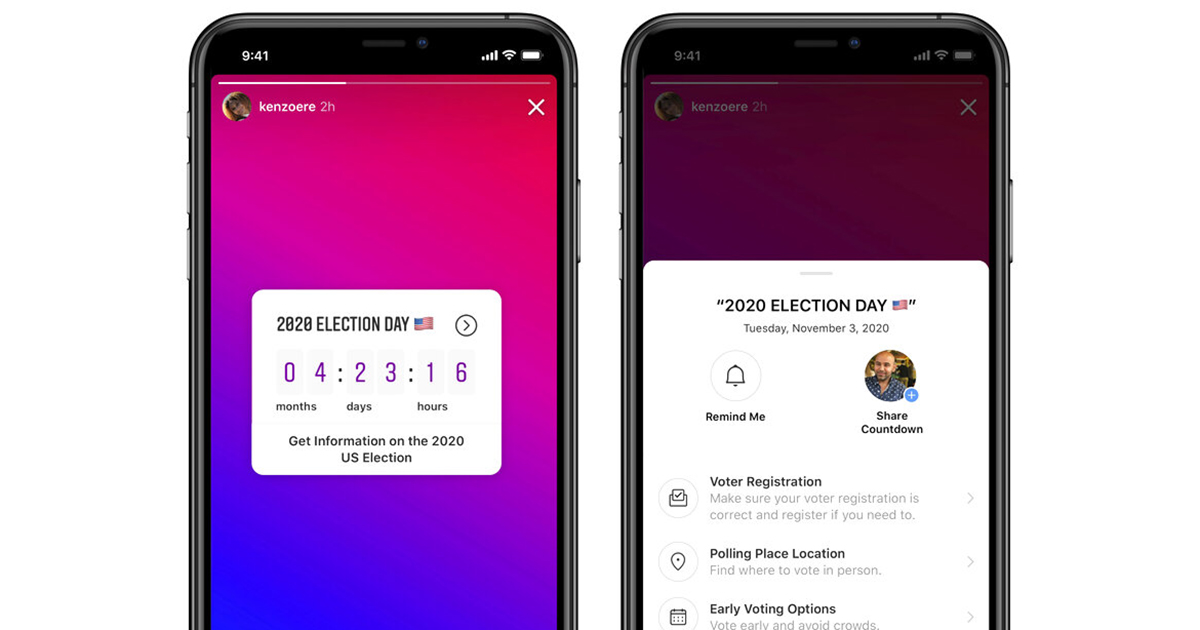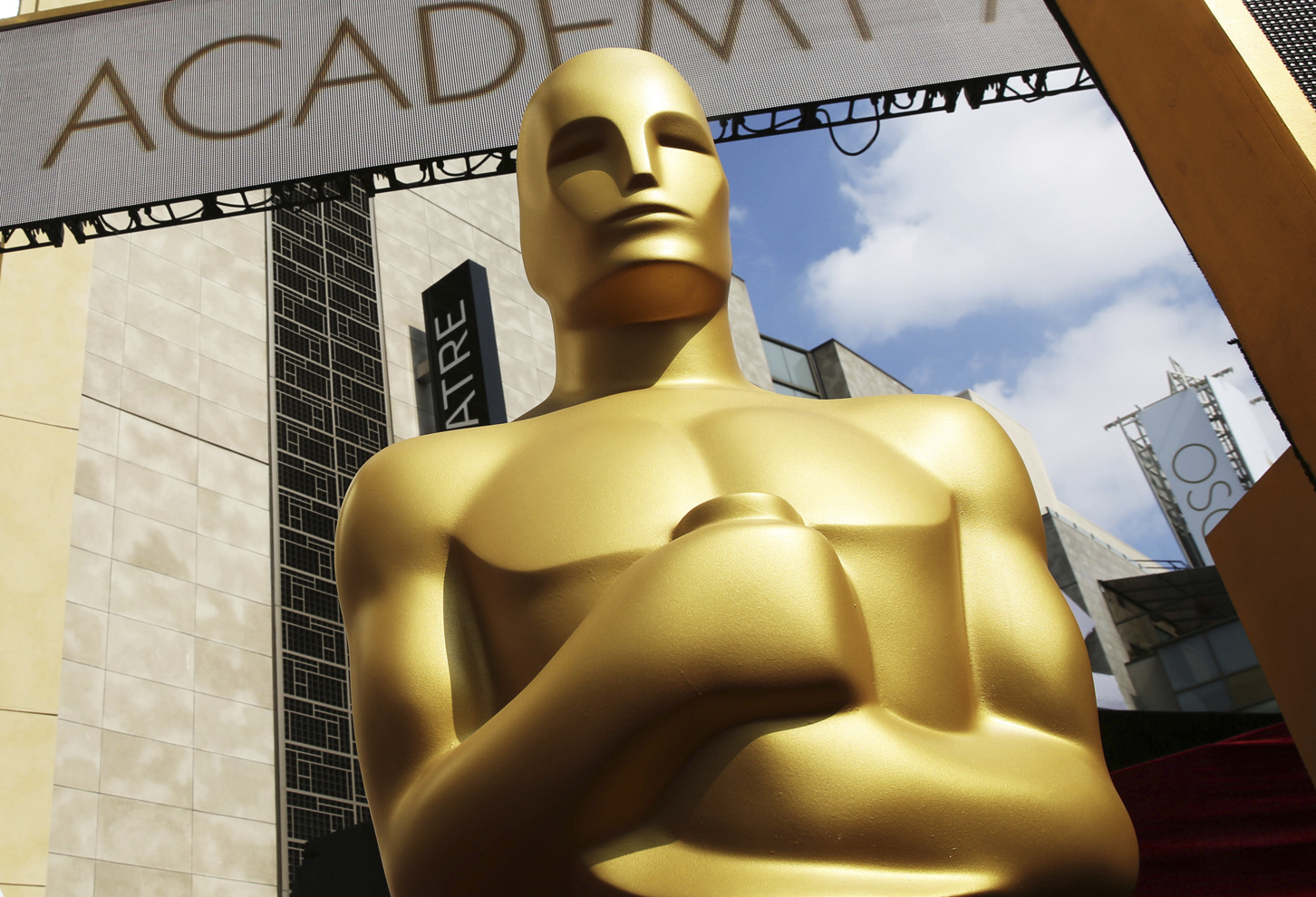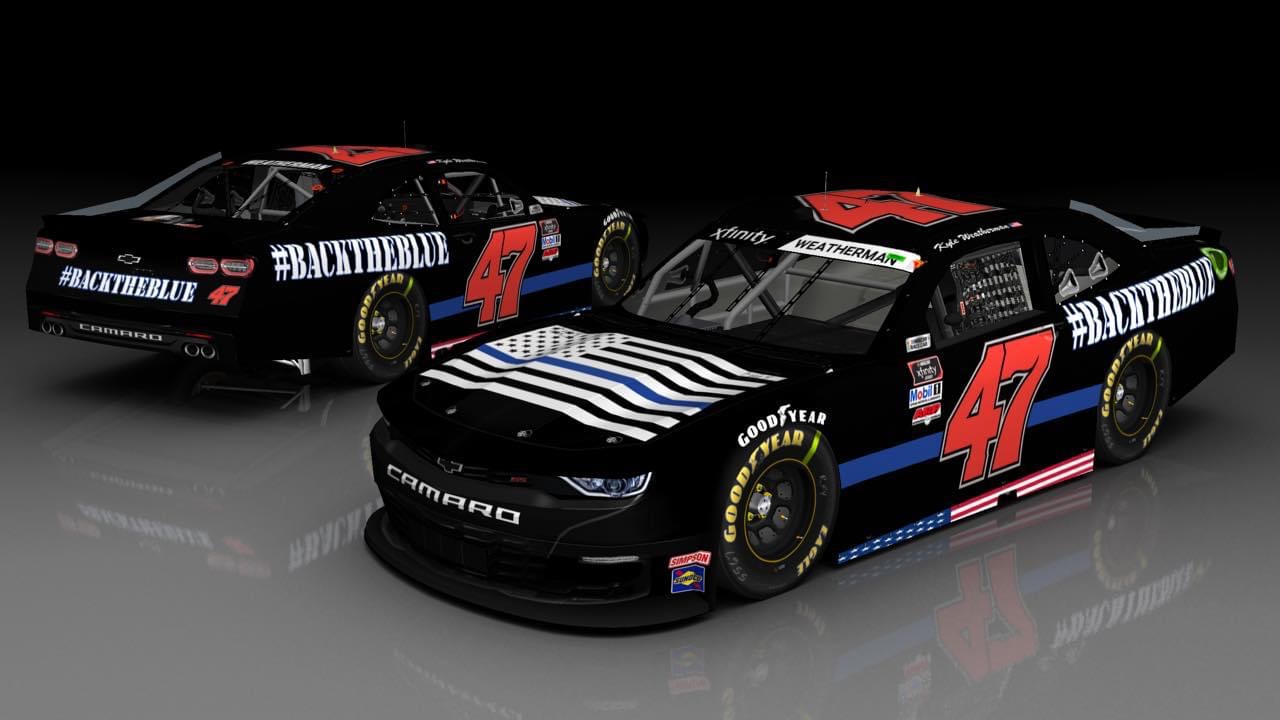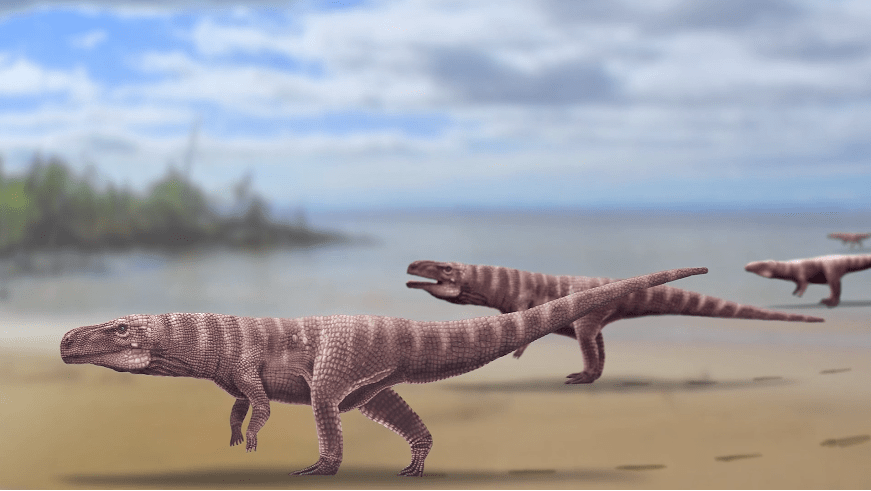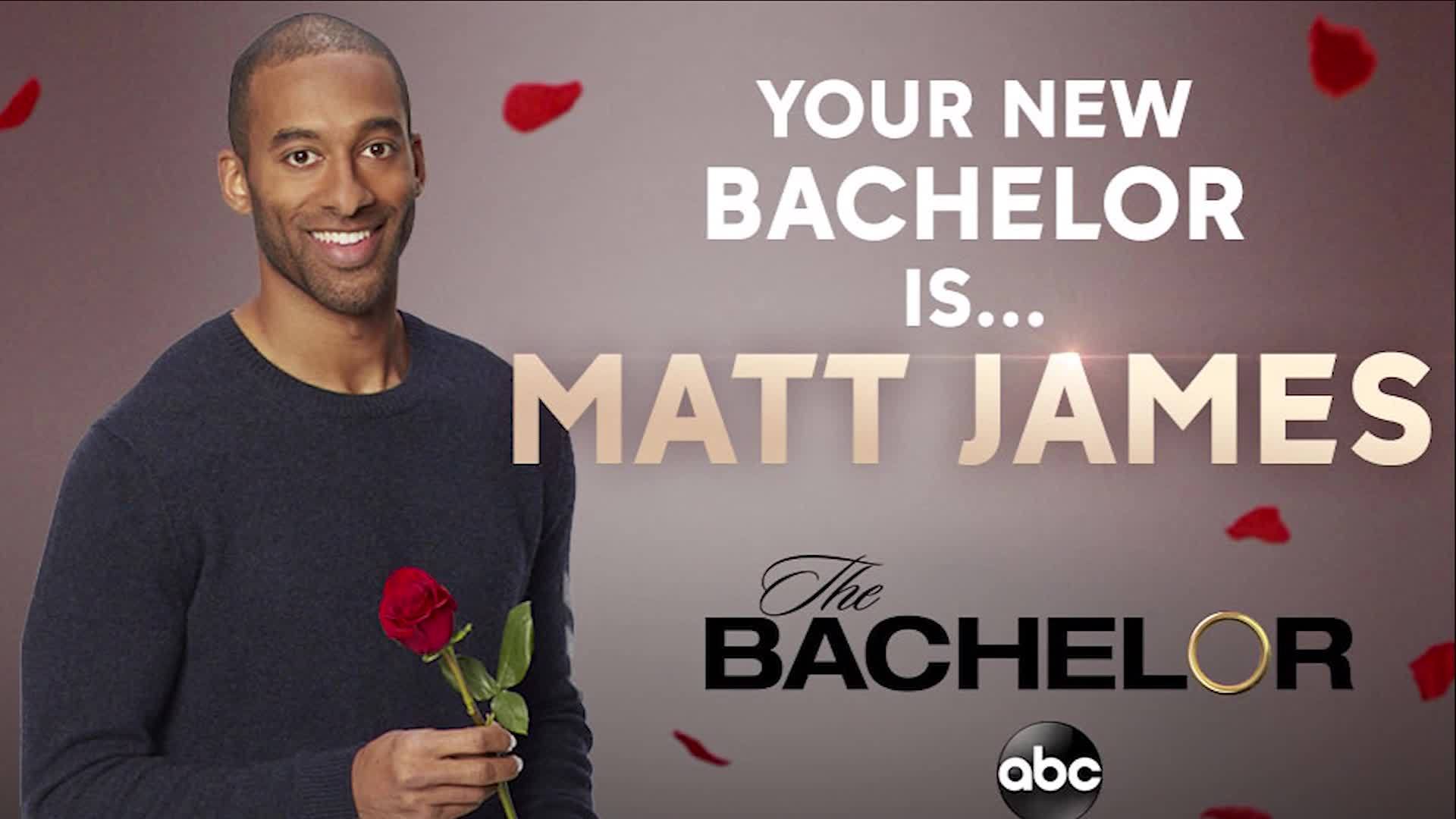OKLAHOMA CITY (KFOR) — An Oklahoma City news anchor was recently diagnosed with breast cancer after live-streaming her screening test on Facebook. Ali Meyer, a journalist at KFOR, is sharing her story:
I turned 40 years old last year, and I felt great.
I felt grateful, too, for a life busting at the seams with good fortune.
Everything was just perfect.
About six months after that milestone birthday, I prepared for another milestone: my first mammogram.
I agreed to have the screening test on Facebook LIVE because I thought it might remind some women to schedule theirs.
The marketing coordinator at Stephenson Cancer Center, Claire Turmelle, made the appointment.
Claire and I had just wrapped up a breast cancer awareness feature story the week before, and the mammogram seemed like a great idea.
“I thought this would be easy,” remembers Turmelle. “No big deal. Thirty minutes tops. I made the appointment at one of our Breast Health Network locations, and I thought we’d be in and out.”
I was hoping for a routine mammogram, but that’s not how it went.
“My heart just sunk because I never in a million years expected it not to be a quick and easy story about your first mammogram,” said Turmelle.
I had no concerns; no lumps; no family history; no reason at all to think that my baseline mammogram would turn my world upside down.
Breast Health Network Radiologist Dr. Richard Falk found cancerous calcifications in my right breast.
I will never forget that day. I will never forget telling my husband and my girls after they got off the bus that afternoon.
Then, I decided to share my diagnosis on Facebook.
Because I was only 40, doctors recommended I have genetic testing.
A blood test confirmed I do not have any of the genetic mutations for breast cancer.
I wish I could say that made it a little easier, but it just didn’t. I was crushed.
Non-invasive ductal breast cancer (DCIS) is one of the most survivable forms of breast cancer.
But, there`s a catch, or at least there was for me.
I interviewed surgeon after surgeon, and they all said the same thing: I needed to remove my entire right breast to get all of the cancer.
I was devastated about that recommendation.
Breast Fellowship-trained Oncology Breast Surgeon Dr. Denise Rable helped me understand mastectomy was my best choice.
She also explained, there was very little benefit to removing the healthy tissue on my left side, where there was no cancer.
“Most women, when they get a breast cancer diagnosis, they’re very anxious and they think more surgery means a higher survival rate, which it does not,” Dr. Rable said. “I tell ladies it doesn’t matter how much cancer, or what else is going on in the breast, that’s not how women die of breast cancer. Women die of breast cancer if the cancer spreads to another part of the body.”
Two months after that first mammogram, I walked into Lakeside Women`s Hospital for right side, skin sparing, nipple sparing mastectomy.
Even though surgery was my choice, it felt like forced mutilation.
It felt like cancer was stealing part of my body away from me.
Plastic surgeon Dr. Oscar Masters scrubbed in for my surgery and put me back together beautifully.
Dr. Masters was able to keep the most personal part of my body intact which was important to me.
“If it’s safe to do for the patient, then more breast surgeons and plastic surgeons are opting to keep the nipple and areola,” Dr. Masters said. “Fortunately for you, you had a tumor that was more favorable. Sparing the nipple and areola was a good option for you.”
My surgical options, my recovery and my outcome were all better because my mammogram found the cancer before I even knew it was there.
“We found this when it was not invasive and not a mass, when you are most likely to be completely cured and go on with a normal life,” said Dr. Falk.
I will never stop having mammograms.
I will never stop telling women to take care of their bodies and schedule their mammogram.
“I think you showed people a really strong and powerful path for dealing with breast cancer,” said Turmelle. “Being informed, getting opinions, knowing your options and then also showing women not every journey is the same.”
It’s been one year since diagnosis, and it is Breast Cancer Awareness month once again.
This year I had my second, annual, 3D screening mammogram.
I am thrilled and relieved to tell you my mammogram was clear, showing no signs of breast cancer.
More resources:
When should I have my first mammogram?
FREE mammograms for Oklahoma women with no medical insurance, limited resources
What should I expect during my baseline mammogram?
Breast reconstruction after mastectomy
Lymphatic Massage After Mastectomy

